Yakovlev Yak-28 aircraft
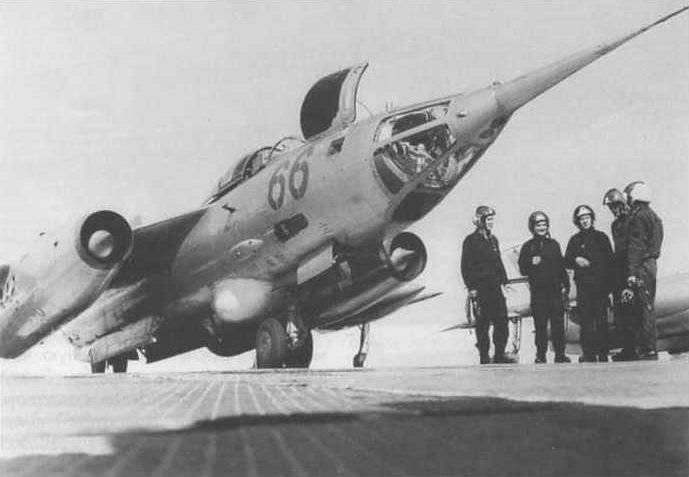
History The creation of the YK-28 high-speed front bomber originates from the decree of the USSR Council of Ministers on March 28 of the year 1956, according to which, based on the serial Yak-115, the OKB-26 should develop and assemble the new machine, which received the YK-129 designation or 129 product. Initially it was planned to design the car for turbojet VK-11 engines, which had a significant increased traction power, but later it was decided to abandon their installation in favor of a simpler TRD engine P-11-300.
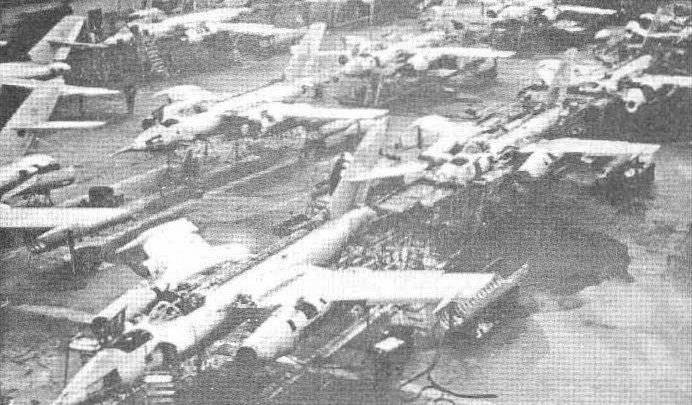
The first prototype of the machine was built by the beginning of 1958, and after accelerated factory tests on March 5 of the same year, the aircraft, designated Yak-28, was first flown into the air. Test pilot V.M. piloted a new plane Volkov, however, during the flights it turned out that the R-11A-300 turbojet engines installed on the new machine were not powerful enough and did not allow the bomber to achieve the high-speed and high-altitude indicators established in the technical task. After eliminating all the shortcomings and shortcomings on the experimental machine, which received the designation Yak-28-2, new aviation engines R-11AF-300 and RBSN-2 (radio navigation system of short range navigation) "Code". New gondolas equipped with a Laval nozzle were also installed, allowing for increased engine thrust. The wing root sheathing was replaced with steel to increase strength. In order to reduce fuel consumption, the design of the air intake was changed, now it was equipped with a two-position cone, which was put forward when reaching the optimum speed. During the tests, a flight was also carried out with a 1500-kilogram model of the bomb and bombing at supersonic speed. The aircraft under the designation “product B” successfully passed the tests, which lasted from September 1959 to May 1960, at which it showed good results for that time, for example, the maximum speed with a full bomb load (1,2 tons) was 1400 km per hour at afterburner 1500 km per hour. Then he was launched into the series and received the designation Yak-28 (Brewer-A - classification assigned to a car in NATO), was produced at the aircraft factory number 39 of the city of Irkutsk. The armament of the first serial bombers, which in appearance did not differ much from the “Product B” Yak-28, consisted of a 23-mm NR-23 aircraft gun, which was subsequently replaced by a twin GSh-23L aircraft gun. The maximum take-off mass at a full bomb load of 3000 kg was 15000 kg, the fuel reserve of 4550 liters ensured a flight range of almost 2000 km at a maximum speed of 1900 km per hour. The total bearing area of the wing is 35,25 square meters. m., a span of 11,78 meters, the total length of the car is 20,02 meters and a height of 4,3 meters. A total of 42 aircraft were manufactured: five Yak-28 and 37 aircraft of the Yak-28B model, which differed from the previous installation of the RPB-3 radar sight, which replaced the obsolete optical OPB-115.
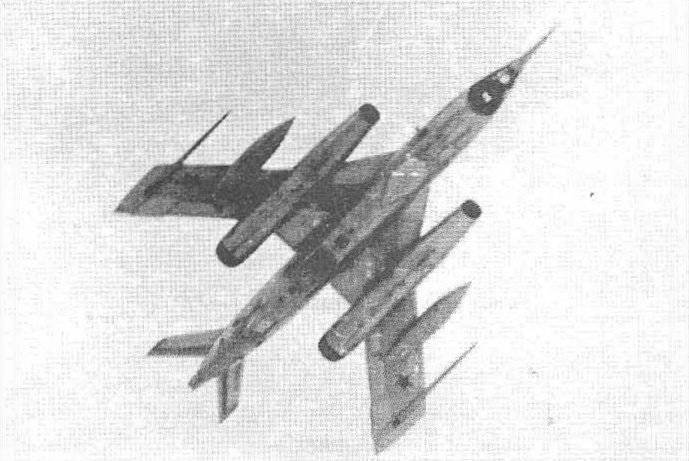
Next was the project YAK-28BB with the possibility of vertical take-off and the P-27AF and P-39P-30 engines installed on it, but then the prototype did not progress and the work was stopped. In addition to the Yak-28 supersonic high-altitude bomber, under the designation Yak-28BI in 1963, the reconnaissance aircraft equipped with the Bulat radar was designed, built, and then launched into serial production, and the 50 of Yak- 188P (tactical reconnaissance), produced up to 28 year. As a scout, another version of the machine was designed, called the YAK-1970RL, which was planned to be equipped with TARK-28 (television missile system), but was not built and tested. At the end of 1 of the year, another model was put into operation and put into service by the large Yak-XNumxI series or the “1963I product”. It differed from its predecessors, first of all, by a fuselage that was increased by more than 28 mm, the round shape of air intakes and the installation of the “Initiative-28” radar. He also had an increased fuel reserve, which allowed him to stay in the air longer without refueling. The total number of machines built this modification 500.
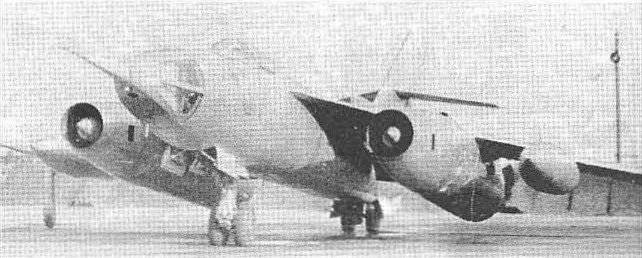
Also, interceptors were designed and built on the basis of the Yak-28, one of them - the Yak-28P supersonic all-weather interceptor, developed in 1960, was released in quite a large number - 435 machines. By a strange coincidence, it was not officially accepted into service with the USSR Air Force, however it entered the troops and was operated until the 80s of the last century. The plane had a metal fuselage of circular cross section in the front part and turning into an oval section in the tail section. The wing sweep angle is 45 degrees. In this modification, engines equipped with aviation kerosene T-1 or TC-2 equipped with an autonomous system for launching the TRDR-11АФ2-300 and an anti-icing system were installed on the reinforced gondolas. In the central part of the fuselage there were six fuel tanks having a total volume of 5270 liters, in addition to some cars additional fuel tanks with a capacity of 1000 liters were installed, which were located in the wing console. Bicycle-type chassis, retractable in specially designed fuselage compartments, two-wheel front and rear supports, one-wheel wing. The flight range of the Yak-28P was increased to 2370 km, and thanks to the fuel supply of more than 7000 liters, the total time spent in the air was more than 2 hours, the practical ceiling increased to 14500 meters. In addition to the GSH-23L gun, the armament of the interceptor also included two K-8М-1 or К-98 air-to-air missiles and two РР-30 or Р-60 airborne missiles located under the console in the wing pylons. The crew of the car consisted of two people and was placed in a common cabin one after another. For most of the cars produced, the course automatic (autopilot) AK-28К-1 was installed.


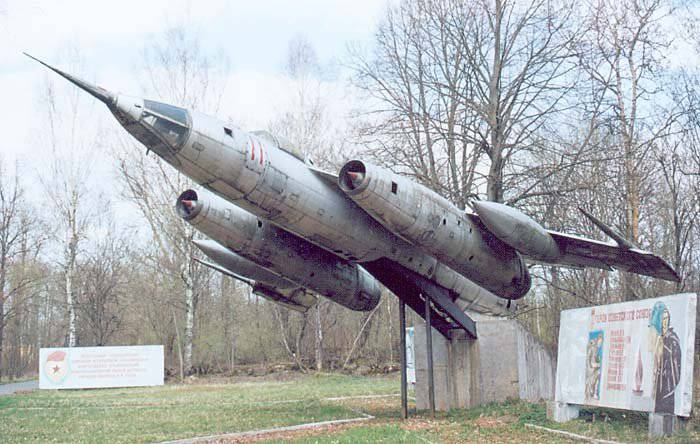
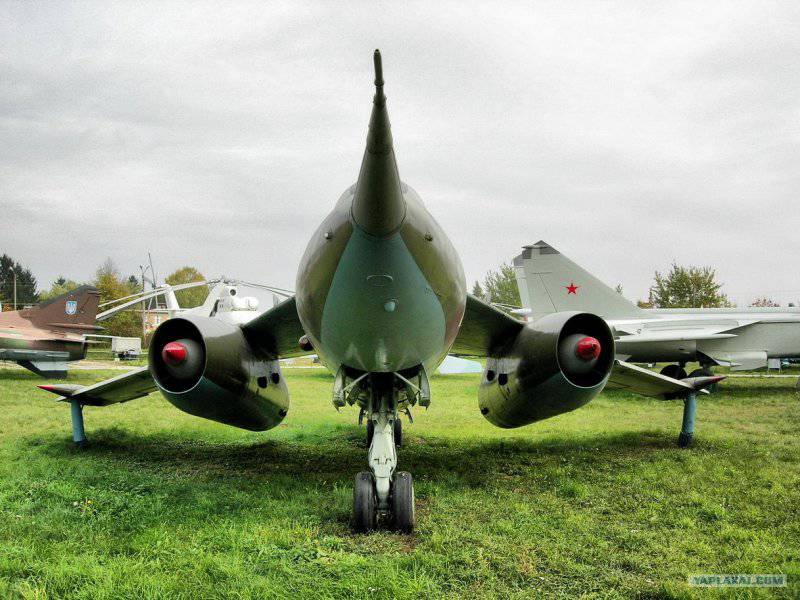
Information